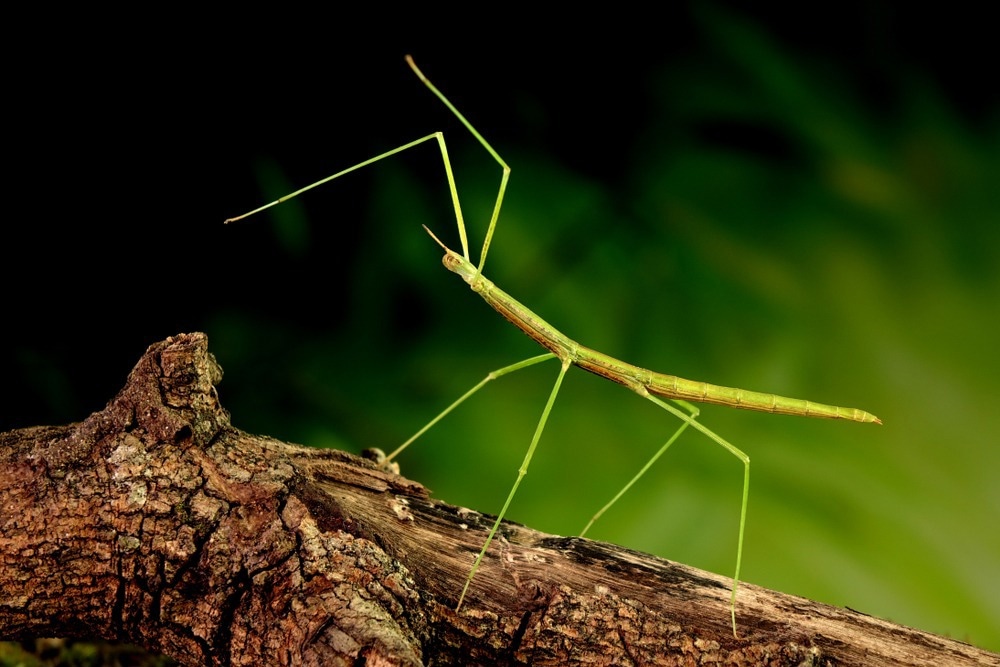Researchers at the University of Cologne have discovered new details on the process underlying the stick insect’s leg muscles’ rhythmic activation of nerve cells, or neurons. Unlike the neurons in the other leg muscles, the researchers demonstrated that the neurons in the leg depressor muscle are activated rhythmically.

Image Credit: Mark Brandon/Shutterstock.com
Thus far, it has been presumed that central brain networks engage each of these so-called motor neurons uniformly. The research was published in the journal Current Biology.
The UOC research group studies the neurological underpinnings of animal motion generation, including those that support locomotor functions like walking. The group, under the direction of Professor Dr. Ansgar Büschges, examines insects because the nervous system's needs for producing and regulating locomotion are remarkably comparable across the animal kingdom.
For instance, the central nervous systems of many animals contain networks that provide the foundation for creating rhythmic activity patterns for various movements, including breathing and rhythmic locomotor activities like running, swimming, crawling, and flying.
These extremely specialized networks are called central pattern generators (CPGs). Proprioceptor neurons, which report movements and notify the central nervous system, interact with sensory organ information to generate the rhythmic motor activity of the muscles required for movement.
They are found in and on the insect’s legs while it walks. The motor neurons, which innervate the muscles, are activated by the networks to accomplish this. Up until now, it was thought that these CPGs affected every motor neuron they targeted in the same way. This theory on insects’ locomotor activity was refuted by Angelina Ruthe, Dr. Charalampos Mantziaris, and Professor Büschges in a recent study.
The CPGs in the stick insect Carausius morosus's central nervous system were pharmacologically triggered in the scientists' studies, and they looked into how they affected the motor neurons that control the insect's leg muscles. Except for one, they discovered that every motor neuron group in the leg muscles receives the same drive from the rhythmic inhibitory signals from the CPGs.
Phasic excitatory drive only affects the motor neurons that innervate the leg's depressor muscle. Curiously, the insect’s leg depressor muscle is the one that produces the leg stance in any walking scenario, whether the animal is running horizontally, vertically, on a ceiling, or perched on a tree.
The rhythmic excitation and thus the specific activation of this motor neuron pool by the CPGs could serve to ensure the exact timing of the contraction of the depressor muscle and thus the start of the stance phase and its stabilization.”
Dr. Ansgar Büschges, Professor, Institute of Zoology, University of Cologne
Source:
Journal reference:
Angelina, R., et al., (2024). The synaptic drive of central pattern-generating networks to leg motor neurons of a walking insect is motor neuron pool specific. Current Biology. doi.org/10.1016/j.cub.2024.01.026